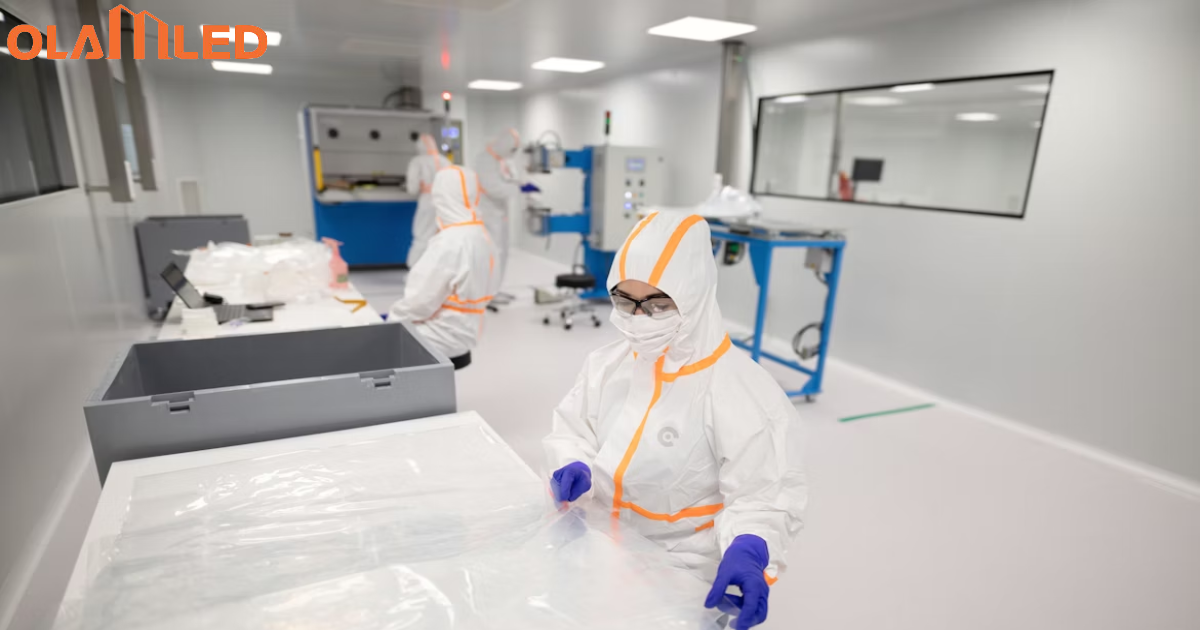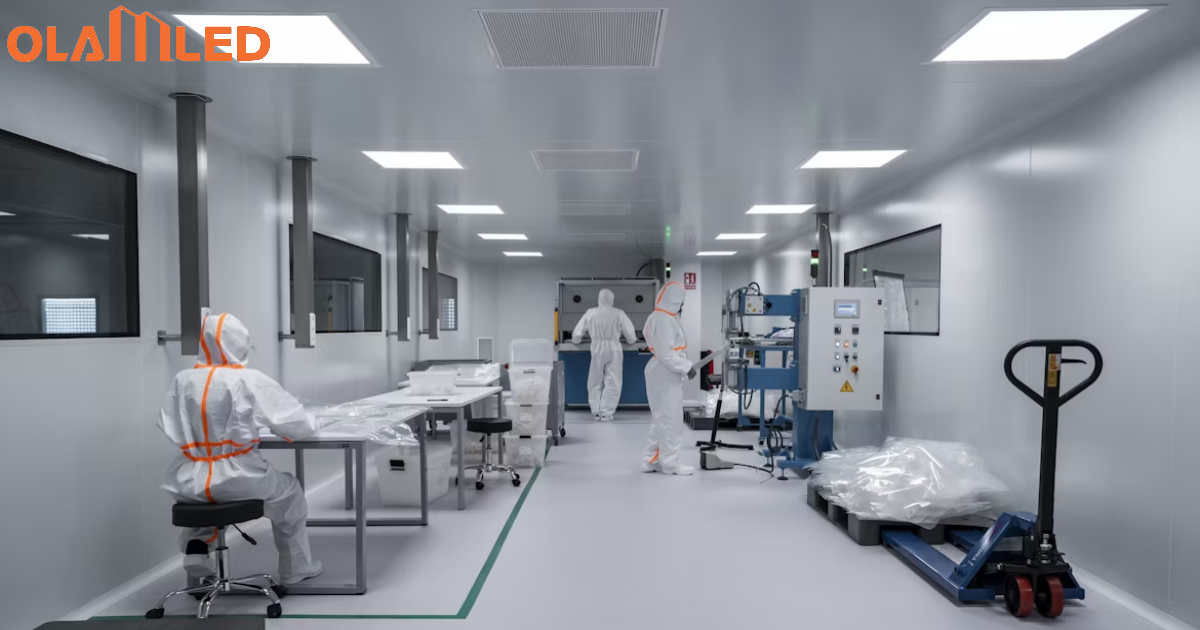Designing an ideal parking lot goes beyond mere functionality; it encompasses safety, efficiency, and aesthetics. In this modern age, where innovation and durability intertwine, tri-proof lights emerge as beacons of illumination. These robust lighting solutions, resistant to water, dust, and corrosion, offer many benefits. But how does one begin designing and selecting the perfect parking lot with tri-proof lights? Let’s explore the intricacies of this process.
Understanding the Essentials of Parking Lot Lighting
When it comes to illuminating parking lots, many factors need to come together. More than just providing light, the fixtures you choose significantly enhance safety, deter crime, and ensure easy navigation. Here, we delve into some critical elements that can make or break the effectiveness of parking lot lighting.
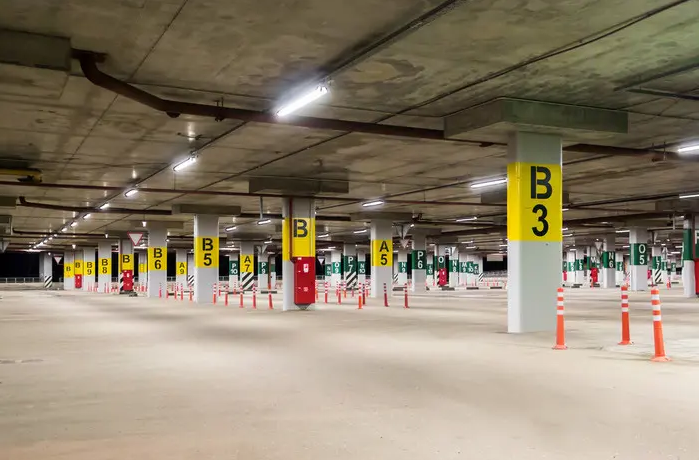
1. Light Distribution
The distribution of light across your parking lot is paramount. A uniform light distribution ensures no stark contrasts of light and shadow, which could lead to accidents and provide hiding spots for potential intruders. It’s about striking a balance – too much light can lead to unnecessary glare, which can be just as hazardous as poorly lit areas. Achieving this balance combines picking the right fixtures and strategically placing them in your parking lot.
2. Brightness
Brightness, or illumination levels, is usually measured in foot candles or lux. Determining the correct brightness for your parking lot can be technical. You have to consider aspects like the size of the parking lot, its location, and its usage. For example, a small suburban shopping center would require different illumination levels than a large, 24/7 urban parking lot.
3. Uniformity
Uniformity goes hand-in-hand with light distribution. Uniformly lit parking lots ensure safety by reducing shadows and glare, making it easy for drivers to spot pedestrians and vice versa. Achieving uniformity involves careful planning, from picking the right fixtures to considering the height of the light poles and understanding the photometric characteristics of your chosen lights.
4. Energy Efficiency
With sustainability becoming a pressing concern, energy efficiency is a crucial factor. It’s not just about reducing carbon footprint; energy-efficient lighting can lead to significant cost savings in the long run. LED lights, mainly, are known for their high energy efficiency and are an excellent choice for parking lot lighting.
5. Legal Requirements and Standards
Different regions may have other legal requirements and standards regarding outdoor lighting. These could relate to brightness levels, light pollution, and safety standards. Understanding these requirements in your area is crucial to ensure that your parking lot lighting is adequate and compliant.
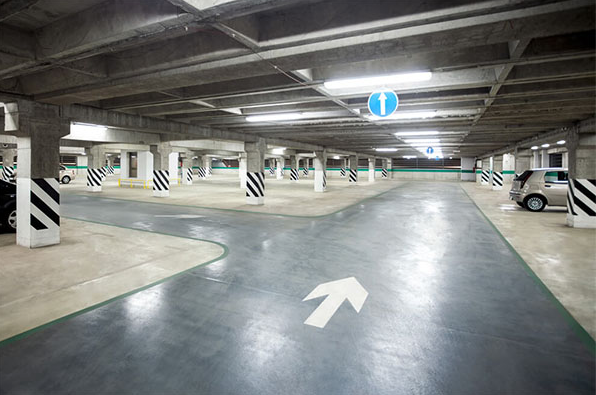
Spotlight on Tri-Proof Lights: An Ideal Choice for Parking Lots
In the intricate world of lighting, the myriad options could be overwhelming. However, a champion emerges in the arena of parking lot lighting: the tri-proof light. It’s resilient, it’s efficient, it’s versatile, but what makes it truly stand out?
1. The Anatomy of Tri-Proof Lights
As their name quite intriguingly suggests, Tri-proof lights are designed to resist three primary elements that often wreak havoc on regular lighting fixtures: dust, water, and corrosion. These rugged lights are meticulously crafted to ensure their performance remains unhampered, even under challenging environmental conditions.
The ‘trio’ of resistance – to water, dust, and corrosion – renders them suitable for the most challenging outdoor scenarios, parking lots included. In the face of rain, dust storms, or even the corrosive impact of sea air, these lights stand firm, ensuring your parking lot is always well-lit and safe.
2. Efficiency and Sustainability Rolled into One
With the world stepping up efforts toward environmental sustainability, energy efficiency is more than just a buzzword; it’s necessary. Tri-proof lights are known for their exceptional energy efficiency. Their LED variants, in particular, consume significantly less energy than their traditional counterparts while providing the same, if not better, lighting output.
These lights contribute not just towards reducing your carbon footprint but also to your energy bills. The reduced energy consumption means you will be spending much less on maintaining your parking lot lighting. It’s a win-win scenario – for you, your patrons, and the planet.
3. Maintenance? What’s That?
Another feather in the cap of tri-proof lights is their minimal maintenance requirement. Thanks to their robust design and excellent durability, these lights rarely need repairs or replacements, saving you on costly and time-consuming maintenance activities. Once installed, you can mostly forget about them, knowing that your parking lot is in good ‘light.’
Tri-proof Lights: Unveiling the Triumphant Trio
Tri-proof lights stand robustly, unfazed by challenges, illuminating spaces with unruffled ease. But what lies behind their strict performance? The answer lies in their name – a powerful trio of characteristics that bestows them with unparalleled resilience: waterproof, dustproof, and corrosion-proof features. Let’s delve into this trinity of toughness that ensures your parking lot remains brilliantly lit, rain, wind, or the ravages of time.
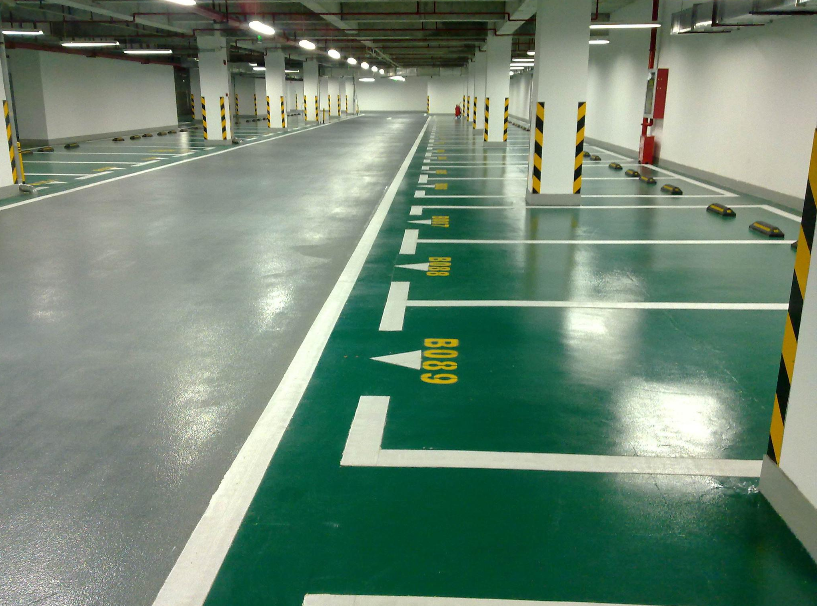
Waterproof: Braving the Storms
Tri-proof lights do not fear water. Rainstorms, snow, even the occasional accidental hosing – they can endure it all. This incredible water resistance roots in their high IP (Ingress Protection) rating, often IP65 or higher. They’re built to shrug off water jets from any angle, ensuring they stay dry and functional.
Their waterproof nature isn’t merely about surviving rainstorms. It’s also about handling the moisture in the air, which can be high in specific locales or seasons. Humidity, meet your match!
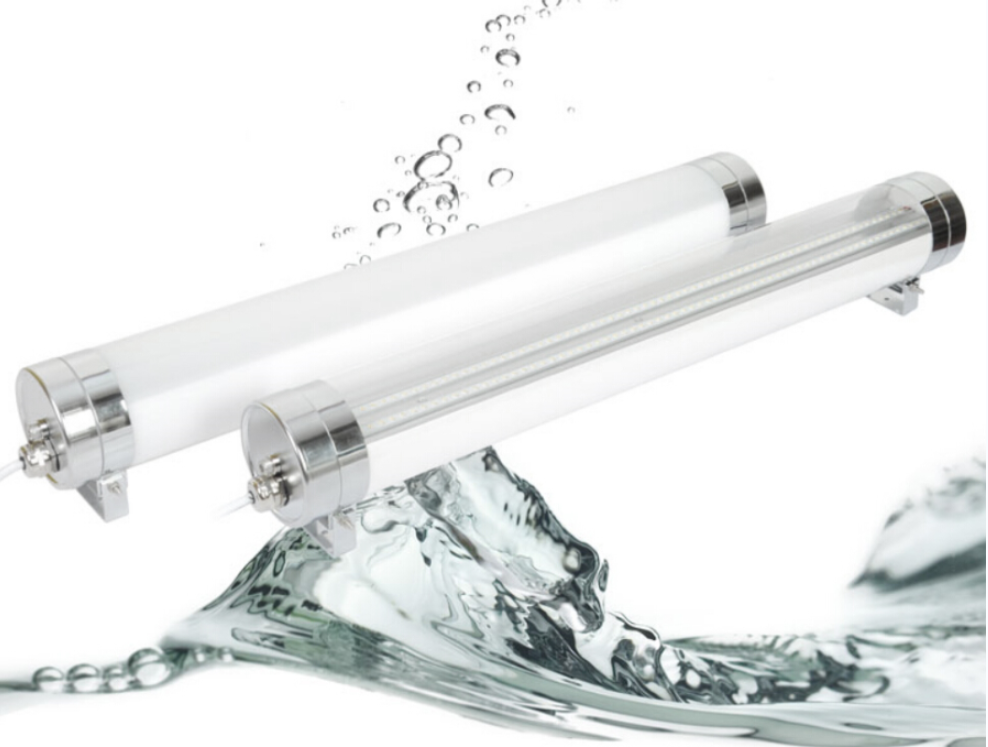
Dustproof: Unyielding in the Face of Dust
You might not see it, but dust is everywhere, a silent adversary to your lighting. But in the face of tri-proof lights, this invisible enemy retreats. The same IP rating that shields these lights from water also provides them an exceptional defense against dust. Dust particles, no matter how minute, cannot penetrate these lights. This dustproof design ensures their inner workings remain pristine and unobstructed, maintaining their luminous output at an optimal level.
Corrosion-proof: Defying Time and Elements
Tri-proof lights aren’t merely about battling the elements of nature; they’re about defying time itself. Their corrosion-proof feature sees to this, repelling the destructive forces that wear and tear unleash. These lights typically use stainless steel, aluminum, and special plastics that won’t rust or corrode. This durability ensures they stand unwavering despite salty sea air, acidic urban pollution, or chemical exposure in specific industrial settings.
Corrosion doesn’t always strike visibly. Sometimes it sneaks in as electrical corrosion, a menace that can wreak havoc on the light’s circuitry. But with tri-proof lights, this is thwarted, ensuring their electrical components continue to function flawlessly.
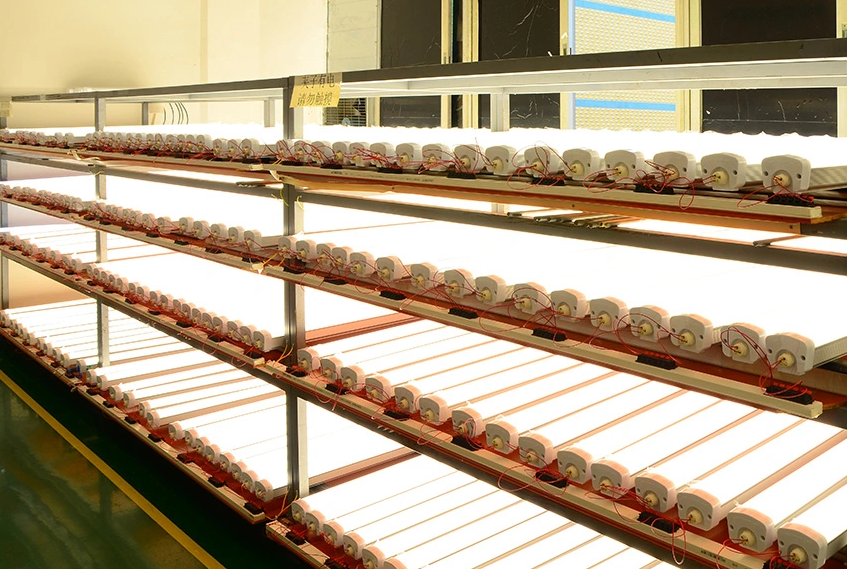
The Triumphant Trio: Light that Lasts
The potent trinity of waterproof, dustproof, and corrosion-proof features makes tri-proof lights an excellent choice for parking lot lighting. They aren’t just lights; they are symbols of resilience, warding off the elements to keep your spaces brilliantly illuminated, day in and day out, year after year. Their enduring glow is a testament to their extraordinary toughness in a world of challenges.
Painting with Light: Designing Your Parking Lot Layout
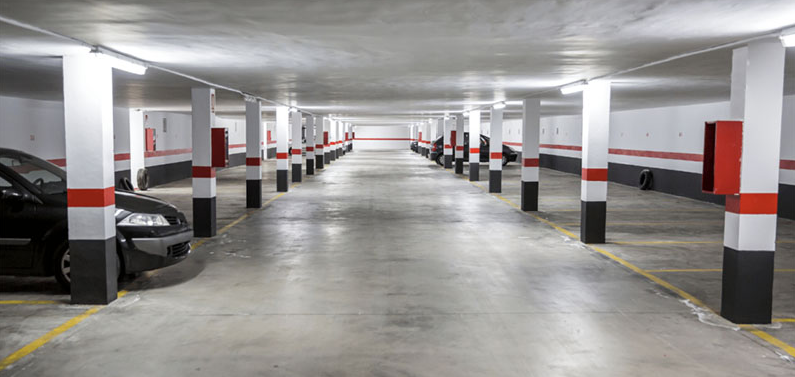
1. The Canvas: Assessing Your Parking Lot Area
No two parking lots are identical, just as no two paintings are. Each one has its unique dimensions, contours, and features. The first step to designing a practical lighting layout is understanding your ‘canvas’ – the parking lot. What is the size? What are the key features like pedestrian pathways, entrances, exits, or landscape features that need to be illuminated? Also, consider the lot’s surroundings. If buildings surround it, the light might reflect differently than if it were encircled by open space. A comprehensive assessment provides the blueprint you need for the design process.
2. The Palette: Determining Optimal Lighting Levels
Once you’ve assessed the layout of your parking lot, it’s time to choose your ‘palette,’ or, in this case, your lighting levels. We’ve discussed brightness earlier, but determining optimal lighting levels isn’t just selecting the brightest. It’s about understanding what levels of brightness are required and where. Entrances, exits, and pedestrian pathways require higher brightness levels than the rest of the parking lot. The trick is to ensure sufficient illumination for visibility and safety without causing excessive glare or light pollution.
3. The Artwork: Creating Your Lighting Layout
Now comes the fun part – painting with light. The ‘artwork’ in our metaphor is your lighting layout. Your light poles are your brushes; the light beams your strokes. Where should the light poles be positioned for optimal light spread? What’s the ideal height for the poles to minimize shadows and ensure uniform light distribution? You’re not just setting up lights but creating a safe, welcoming, and efficient environment. The layout you design has to balance aesthetics, function, and cost.
Motion Sensor Integration: A Leap into the Future
In the rapidly evolving world of technology, parking lot lighting isn’t left behind. The integration of motion sensors in your parking lot lighting system may seem straight out of a sci-fi movie, but it is a reality today. It’s efficient, it’s practical, and it’s immensely beneficial. But what is the magic behind this technological marvel?

1. The Science of Sensing
Motion sensors are devices that detect physical movement in a defined area. When integrated with your lighting system, they become vigilant guardians of your parking lot, activating the lights when motion is detected and dimming them when the area is vacant. This doesn’t just add to your parking lot’s security by deterring potential intruders; it also enhances energy efficiency. After all, why waste energy illuminating an empty lot?
2. A Symphony of Sensors and Lights
With motion sensors in play, your parking lot lighting becomes a perfectly orchestrated symphony. As a vehicle or pedestrian enters the lot, the sensors trigger the lights, illuminating the path ahead. As they move further, the lights in their vicinity brighten while the ones behind gradually dim. The result? Enhanced visibility where needed, energy conservation where it’s not, and an undeniable ‘wow’ factor.
3. Customization is Key
One of the best aspects of motion sensor integration is customization. You can adjust the sensitivity of the sensors, the brightness levels when movement is detected, and even the time delay before the lights dim again. You’re in control, tailoring the lighting behavior to best suit your parking lot’s needs.
We’ll examine the crux of your parking lot lighting system – the LED lights. How do you choose the right ones? What features should you look out for?
The Advantages of Integrating Motion Sensors
In the complex tapestry of modern technology, motion sensors have emerged as potent threads. They weave together the fabric of our lives, adding convenience, efficiency, and security layers. Let’s explore their relevance in the domain of tri-proof lights and how they work to enhance your parking lot experience.
Energy Efficiency: Light Only When Needed
Your parking lot need not be a carnival of lights around the clock. And motion sensors are vital in ensuring this. These technological wizards, embedded within the tri-proof lights, detect movement in the vicinity. No motion? The lights dim or switch off. A car pulls in. The lights spring back to life.
This on-demand illumination significantly conserves energy. But its advantages aren’t limited to a reduction in power consumption. It also reduces maintenance needs, increases bulb life, and substantially decreases light pollution. In an age where sustainability is paramount, motion sensors are the silent soldiers battling excessive energy use.
Enhanced Security: Deterring Unwanted Visitors
Dimly lit or sporadically lit spaces can be havens for miscreants. However, sudden illumination triggered by motion sensors can be a potent deterrent. The unexpected burst of light can catch intruders off guard, often causing them to retreat. This enhanced security is another feather in the cap of motion sensor-integrated tri-proof lights.
How Do Motion Sensors Work in Tri-proof Lights?
Embedded in the heart of your tri-proof light, the motion sensor continually scans the environment for changes. It’s typically a passive infrared sensor (PIR) that detects heat differences – like those between a stationary car and a moving human.
When a moving object is detected, it sends a signal to the light’s circuitry, turning it on. The sensor’s signal stops as motion ceases, causing the light to dim or turn off after a predefined time. This seamless operation, invisible to the naked eye, ensures your parking lot is illuminated just when needed and no more.
The integration of motion sensors in tri-proof lights is a testament to technological advancement, providing energy efficiency, enhanced security, and operational convenience. In a continually moving world, they ensure your lights move in harmony.
Selecting the Right Tri-Proof LED Lights for Your Parking Lot
The path toward creating the perfect parking lot illumination is complete with selecting suitable lighting fixtures. And when it comes to durability, efficiency, and versatility, Tri-proof LED lights are the undisputed champions. Yet, how do you decide which ones fit your requirements just right? This puzzle, complex as it may seem, can be solved piece by piece.
1. A Spectrum of Features: Identifying Your Needs
When selecting the ideal LED lights for your parking lot, one must first establish the specific needs that the lights should address. The spectrum of features that LED lights offer is wide and varied. To make an informed decision, you must consider multiple factors: the desired brightness level, energy efficiency, color temperature, lifespan, and more. Even within tri-proof LED lights, the feature set can vary. It’s about finding the perfect puzzle piece for your unique parking lot.
2. Weathering the Elements: Checking Durability
In light of nature’s elements, your selected LED lights must stand firm. “tri-proof” wasn’t coined lightly; these lights promise resistance to dust, water, and corrosion. But how do you verify this? Pay close attention to the light’s IP (Ingress Protection) rating. An IP67 rating, for instance, signifies that the light is completely dust-tight and can withstand water immersion up to 1 meter. With such protection, these lights are nothing short of lighting warriors, ready to weather the storm (literally!).
3. The Magic of Motion Sensors
We’ve touched upon the efficiency of motion sensors earlier. When choosing your LED lights, consider the possibility of integrating motion sensors. They can be built into the light or added as an external accessory. Remember, your parking lot isn’t just about stationary lights; it’s about creating an interactive and responsive environment that elevates user experience while conserving energy.
4. Case in Point: OLAMLED Lights
Regarding tri-proof LED lights, OLAMLED lights, particularly the K80 and K70 series, stand out. Not only are these lights non-flammable and waterproof, but they also offer the convenience of built-in motion sensors. The K80 and K70 series carry the robustness of IP67 tubular lights, promising reliable performance irrespective of weather conditions. These lights check off all the boxes in the feature list and provide outstanding durability and efficiency.
And so, the selection saga concludes. With the right lights in your grasp, you’re all set to illuminate your parking lot efficiently, cost-effectively, and stylishly. Next, we’ll discuss installing and maintaining these lighting marvels in their prime condition. So stick around. We’re just a light switch away from wrapping up this illuminating journey!
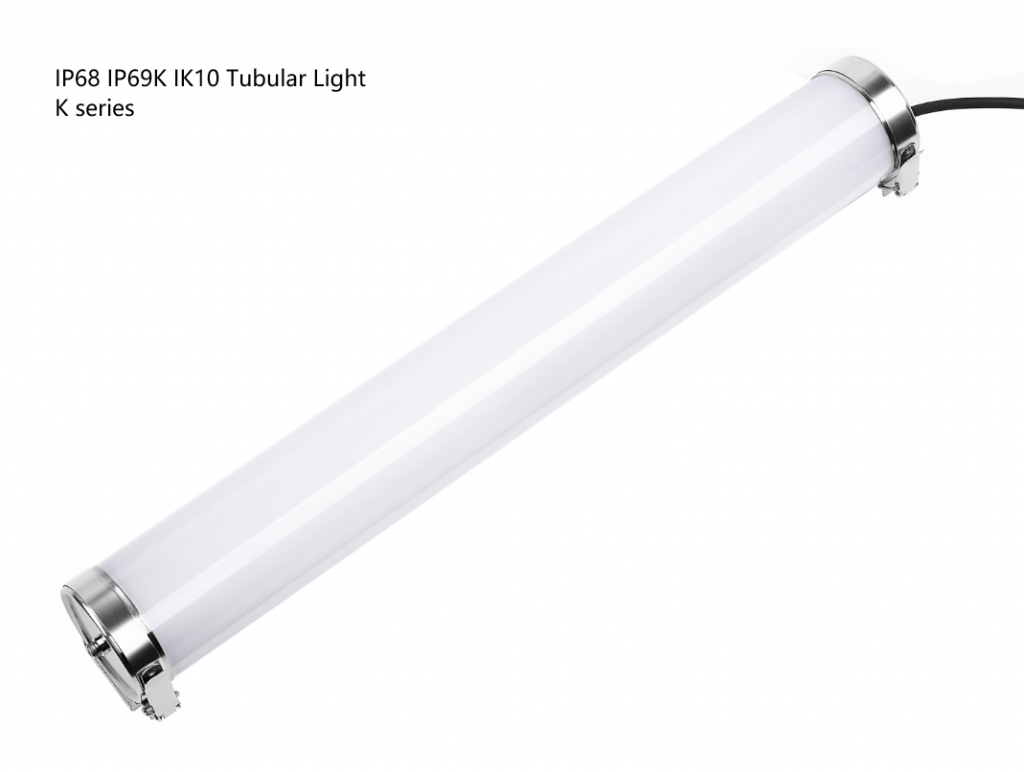
The Installation and Maintenance of Tri-Proof Lights
The adventure of elevating your parking lot lighting doesn’t conclude with acquiring your tri-proof LED lights. The real magic sparks to life with their proper installation and maintenance. Fret not; this might sound like an uphill climb, but with the right knowledge and tools, it can be an invigorating journey of discovery.
Installation: Lighting the Path
Installing tri-proof LED lights in your parking lot is a strategic process that demands meticulous planning. The primary consideration? It revolves around ensuring optimal light distribution. Placing lights at regular intervals, possibly mounted on poles or attached to the sides of buildings, can offer comprehensive coverage. Balance is key – too many lights and you risk a blinding glare; too few, and you may be left with shadowy patches.
Let’s delve deeper into some crucial factors during installation:
Height Matters: The height you mount your lights influences the area they cover. A higher mounting position can illuminate a larger expanse, but remember to balance this with the intensity of the light to prevent dim patches.
Angles are Key: Lighting isn’t merely a vertical game; it plays out in all dimensions. Angle your lights to ensure they cover the width of your parking lot and reduce the occurrence of shadows.
Consider the Landscape: Your parking lot is a manageable canvas. Buildings, trees, parked vehicles – these can all create shadows. Work with these elements to maximize your light coverage.
Maintenance: Keeping the Glow Alive
Now that your tri-proof LED lights are installed and beaming, how do you ensure they maintain their top-notch performance? With their long lifespan, LED lights require less maintenance than traditional lighting. Still, regular checks and timely action can keep your parking lot glowing healthily for years.
Here are a few maintenance tips:
Clean Regularly: Dust and grime can accumulate on your lights over time, reducing their brightness. Regular cleaning with a soft, damp cloth can keep them shining bright.
Inspect for Damage: Despite their toughness, tri-proof lights aren’t invincible. Regular inspections can help identify any damage early, ensuring timely replacements or repairs.
Monitor Performance: Keep an eye on your lights’ performance. It might be time for a checkup if they start dimming or flickering.
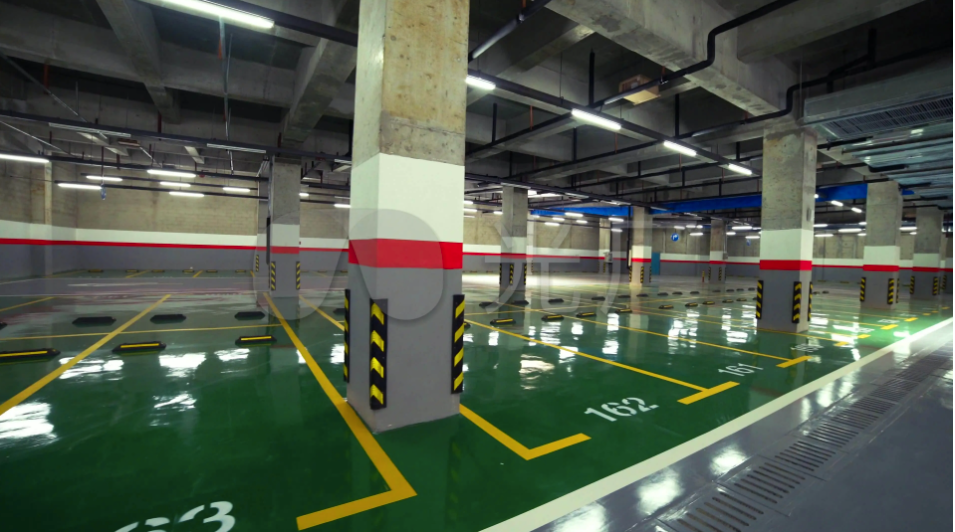
Expert Support: When in Doubt, Reach Out
Feel free to consult professionals for both installation and maintenance. Their expertise can help optimize your lighting layout, handle complex installations, and offer valuable advice on upkeep.
Conclusion
Designing and choosing a parking lot’s tri-proof lighting is taken with seriousness. It involves an intricate dance between size, light uniformity, glare control, energy efficiency, and aesthetic appeal. Significantly, the selected lights must withstand the elements, reflecting resilience, yet retaining a touch of sophistication, contributing to the site’s beauty.
It’s an orchestrated process of transforming a simple space into a beacon of security and aesthetic excellence. Indeed, a parking lot under tri-proof lights becomes more than just a parking space—it morphs into a testament to thoughtful design.

